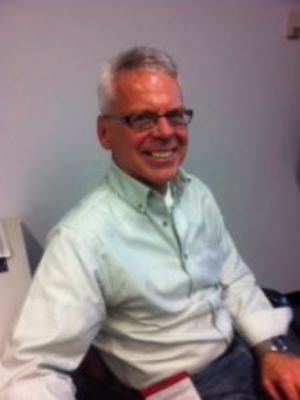Innovation Anthology #512:

Predicting how water moves through reclaimed mine sites in the oil sands is a question that Dr. Lee Barbour will address.
Dr. Barbour holds a new research chair at the University of Saskatchewan.
And it has a rather incredible title: The NSERC-Syncrude Industry Chair in Hydro-geological Characterization of Oil Sands Mine Closure Landforms.
DR. LEE BARBOUR: We were able to show that in fact the cover designs being used by Syncrude are very capable of providing the water demands for let’s say an upland forest. But there’s always a little bit of water that passes through that cover into the landform.
And to look at the long term release of water and any chemicals of interest, any constituents of interest, you need to understand the deeper flow system. And really there’s been very little limited work done on how much water moves deep through these land forms in the long term. We’re talking in 100 to 1000 year timeframe. So the Chair is really focused on trying to find and apply some tools where we can characterize the rates of movement and the distribution of water movement through these land forms.
One way Dr. Barbour and his graduate students will determine how water moves through these reclaimed sites is to characterize their different isotopes.
Thanks today to SYNCRUDE
Learn more at InnovationAnthology.com
I’M CHERYL CROUCHER
Guest
,
, , , ,
Sponsor
Syncrude
![]()
Program Date: 2012-11-13